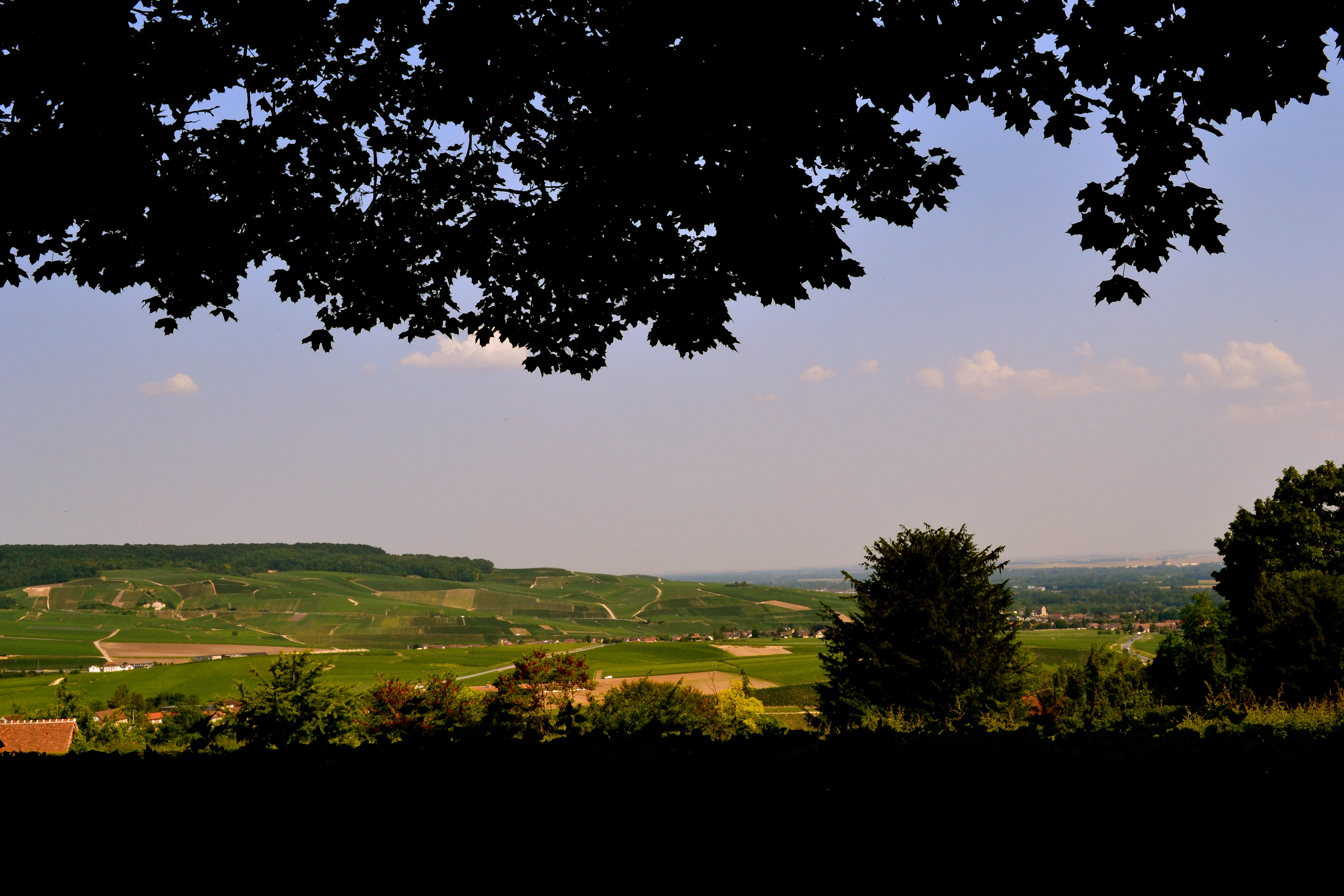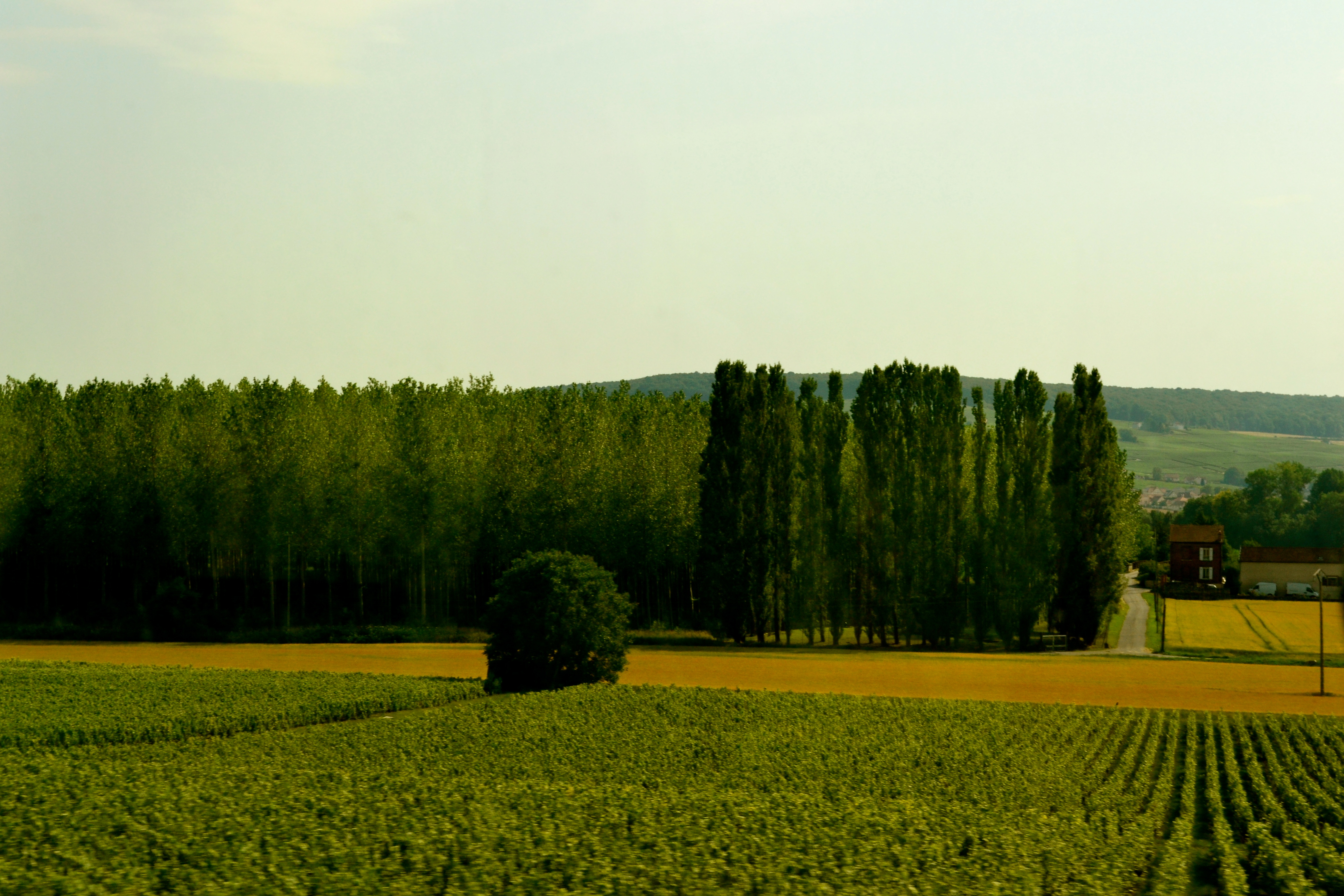A strong congratulations is in store for Australia (and France), whose laws—as of today, September 1st—no longer permit the labeling of “Champagne” for any sparkling wine produced in Australia’s wine regions. (For more information, see France Takes Back ‘Champagne’ Label From Aussie Winegrowers; see also Protection of Champagne Name Increasing Worldwide.) As a result of this great milestone, I thought it appropriate to dedicate an article to the laws of Champagne and the history of such laws.
The Comité Interprofessionnel du Vin de Champagne (CIVC) is the trade association, located in the Champagne region of France, that represents all the grape growers and houses of the Champagne region. (See Comité Interprofessional du Vin de Champagne.) Since its establishment seventy years ago, the CIVC has created comprehensive laws that govern the growth and production of Champagne, as well as protect the economic interests of the region. The organization itself is established by a French statute “to administer the common interests of everyone within the Champagne industry.” (Id.) The CIVC laws for Champagne encompass processes such as analyzing suitable regions for grape growth and determining the proper grapes for Champange (generally speaking, only chardonnay, pinot noir, and pinot meunier grapes are used to produce Champagne, although other grapes are allowed). Under the laws stipulated by the CIVC, only sparkling wines that conform to the regulations of the CIVC can be labeled as “Champagne.”

The Champagne region “is defined and delimited by the law of 22nd of July 1927. It lies some 150 kilometres to the east of Paris, extending into the departments of the Marne (67% of plantings), Aube (23%), Aisne (9%), Haute-Marne and Seine-et-Marne. The zone stands at roughly 34,000 hectares of vineyards, spread across 319 villages (‘crus’) of which 17 traditionally rank as Grand Cru and 42 as Premier Cru.” (Id.) The area contains four general growing regions: the Montagne de Reims, Vallée de la Marne, Côte des Blancs and Côte des Bar. “Together[,] these [regions] encompass 281,000 individual vineyard plots, each with an average size of around 12 ares (1,200 square metres).” (Id.) The soil is composed of limestone, which is believed to affect the terroir of the sparkling wine. “This type of terrain provides good drainage and also explains why certain Champagne wines have a distinctly mineral taste.” (Id.) The region and the production of Champagne are subject to strict quotas and EU regulations governing the planting and replanting of vines. (Id.)

The protection and labeling of wine names based on place and origin are not unique to Champagne; they are characteristic of wines that are, by American law, characterized as non-generic and—to some extent—semi-generic. (Laws outside of the States are different, as is indicated by Australia’s current change.) However, for wine products like Champagne (and tokay, port, sherry, and several others), protection based on the origin of the wine and/or grapes has not always been enforced in certain regions. Australia is one wine-growing region that, up until today, did not enforce the protection of the semi-generic wine names based on place and origin. However, in 2008, Australia signed an agreement, The Agreement Between Australia and the European Community on Trade in Wine, with the European Union to comply with the geographical indication (GI) system of the EU. The 2008 agreement, which was ratified last September, replaces an agreement signed in 1994 between the two wine powers and protects eleven of the EC drink labels and 112 of the Australian GIs. Specifically, this means that many of the wine products produced in Australia that were previously labeled according to European names, such as Champagne, will no longer be labeled under these names.
For a comprehensive background on the history of Champagne and the regulation thereof, see Margaret L. Wickes, A Toast to the Good Life: Exploring the Regulation of Champagne.
Photographs property of Lindsey A. Zahn, Summer 2011 Wine & Law Program.
For more information on wine or alcohol law, international trade, or geographical indications, please contact Lindsey Zahn.
DISCLAIMER: This blog post is for general information purposes only, is not intended to constitute legal advice, and no attorney-client relationship results. Please consult your own attorney for legal advice.
Thanks for noting the paper by Margaret L. Wickes and providing the link to download. I just did a brief read and it is a very good and comprehensive outline of the rules surrounding the Champagne region.
Keep up the good work!
My pleasure! It is a great paper.
I’m sad to see the Australians caving in. The word “champagne” does not mean the same thing that it did a hundred years ago. In English, “champagne” means sparkling wine, any sparkling wine. This is because in English we don’t have any better term for it! Other countries do: sekt, cava, spumante, etc. We let thousands of other Englishwords change their meaning over time, bowing to an organic process; let’s do the same with this word. The French will get over it.
Lindsey A. Zahn – great blog on an interesting area of Australian law.
Thank you for the kind comments!